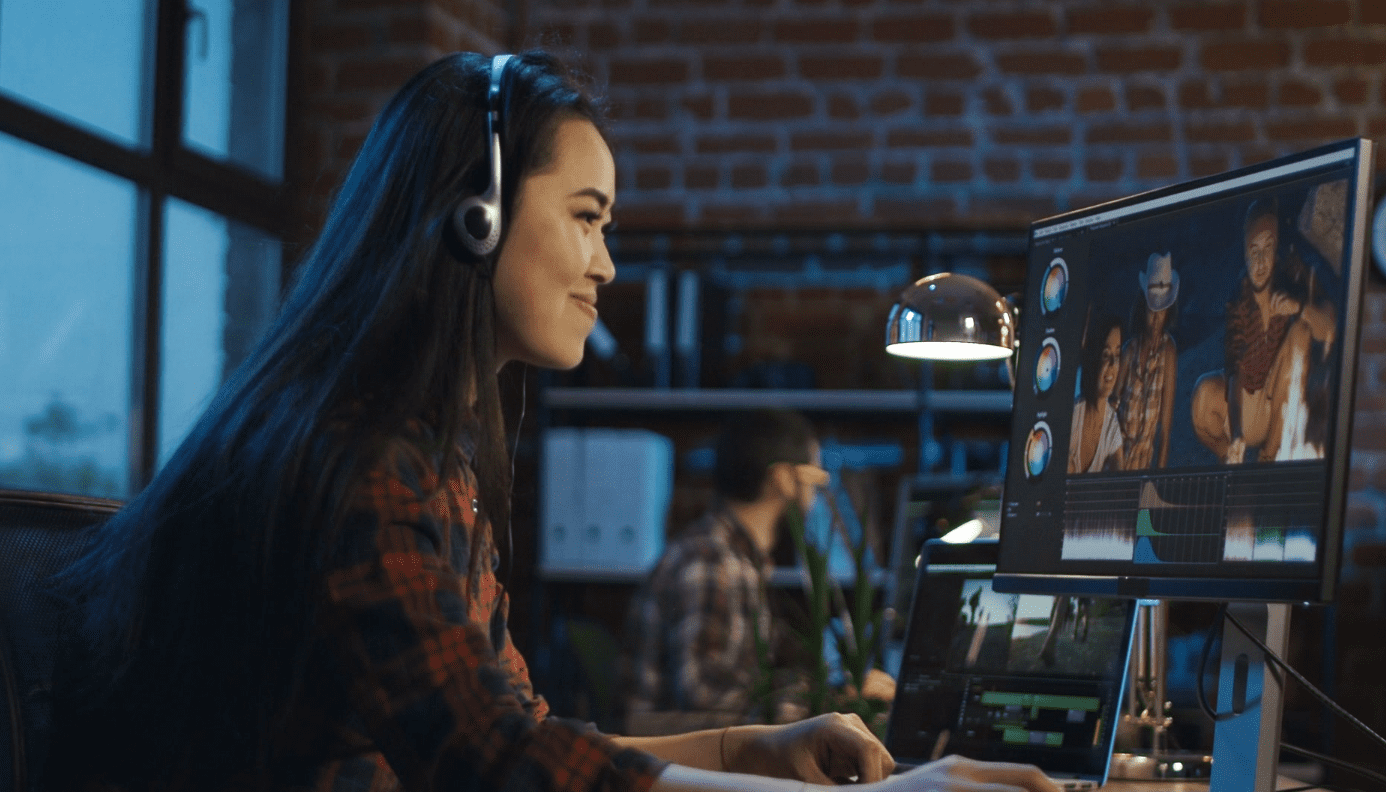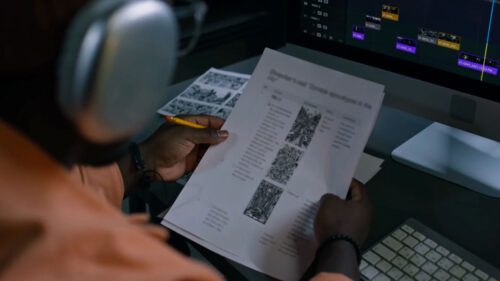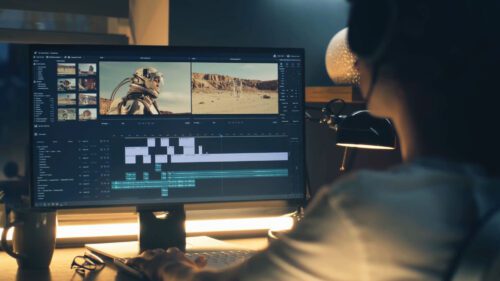A common question asked by many content creators is, “What is the difference between copyright-free and royalty-free?” Royalty-free is not the same as copyright-free – but it can be easy to confuse them. The difference between them is significant and important to understand when making content. Let’s start by defining what copyright and royalty are.
What is a “Copyright”?
Copyright is a legal term used to define ownership over an originally created work. Typically, copyright applies to works of creative expression such as written works, music, video, works of art, photos, etc. While there is a process to register copyrightable work with the US Copyright Office, you do not need a certificate to declare ownership over your original work. Owning the copyright to an original work means that you control who is allowed to use, distribute, re-use, sell, and/or otherwise exploit that work. If you use a work without permission from a copyright holder, you are committing copyright infringement and may be subject to fines. It is important to note that you may be guilty of copyright infringement without intending to steal from another person. Accidental or unintentional infringement is still infringement.
What is a “Royalty”?
A royalty is a fee paid to a rights holder in exchange for the right to use their copyrighted work. However, it does not mean that you own the work. Royalties do not transfer copyright ownership, they simply compensate the rights holder for the use of their work.
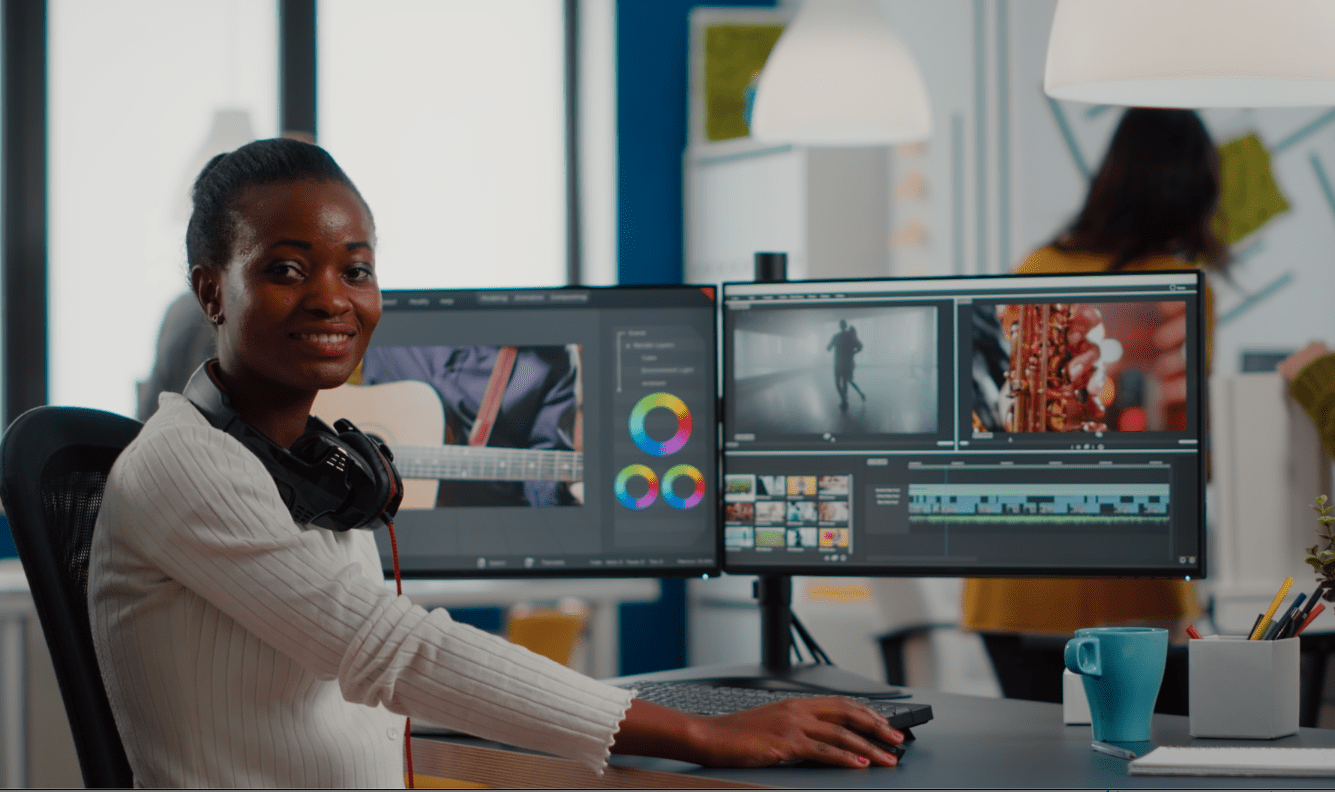
Now that we have distinguished the difference between a copyright and royalty, let’s take a second look at the terms “copyright-free” and “royalty-free”.
What is the Difference Between Royalty-Free and Copyright-Free?
What is “Copyright-Free”?
“Copyright-free” refers to a work where the artist has waived their copyright rights. This means that they still own the work, but they are not interested in collecting royalties, receiving credit for their work, or otherwise being recognized for their ownership/creation of that work. Work that is truly copyright-free is extremely rare and may be suspect (meaning: some people claim that a work is copyright-free without truly knowing who the owner is). Content may be considered copyright-free if it has entered the public domain or if the rights holder is offering it for free, usually as a form of promotion. If you are using a piece of copyright-free material, proceed with caution. Make sure you do extra research to be absolutely certain that you are not infringing on someone else’s copyright.
What is “Royalty-Free”?
Royalty-free is used to describe creative materials that don’t require additional payments to the original author for use. This is often because a company (i.e. Storyblocks) has negotiated a license with the author, which allows their customers to use the author’s creative materials within certain mutually agreed upon contexts (i.e. in a YouTube video, on Instagram, in a commercial etc.). In our case, part of your subscription fee pays the original author for permission to use the work, and you don’t have to track that author down later and pay them more money later, as long as your use is covered by the license you purchased with us.
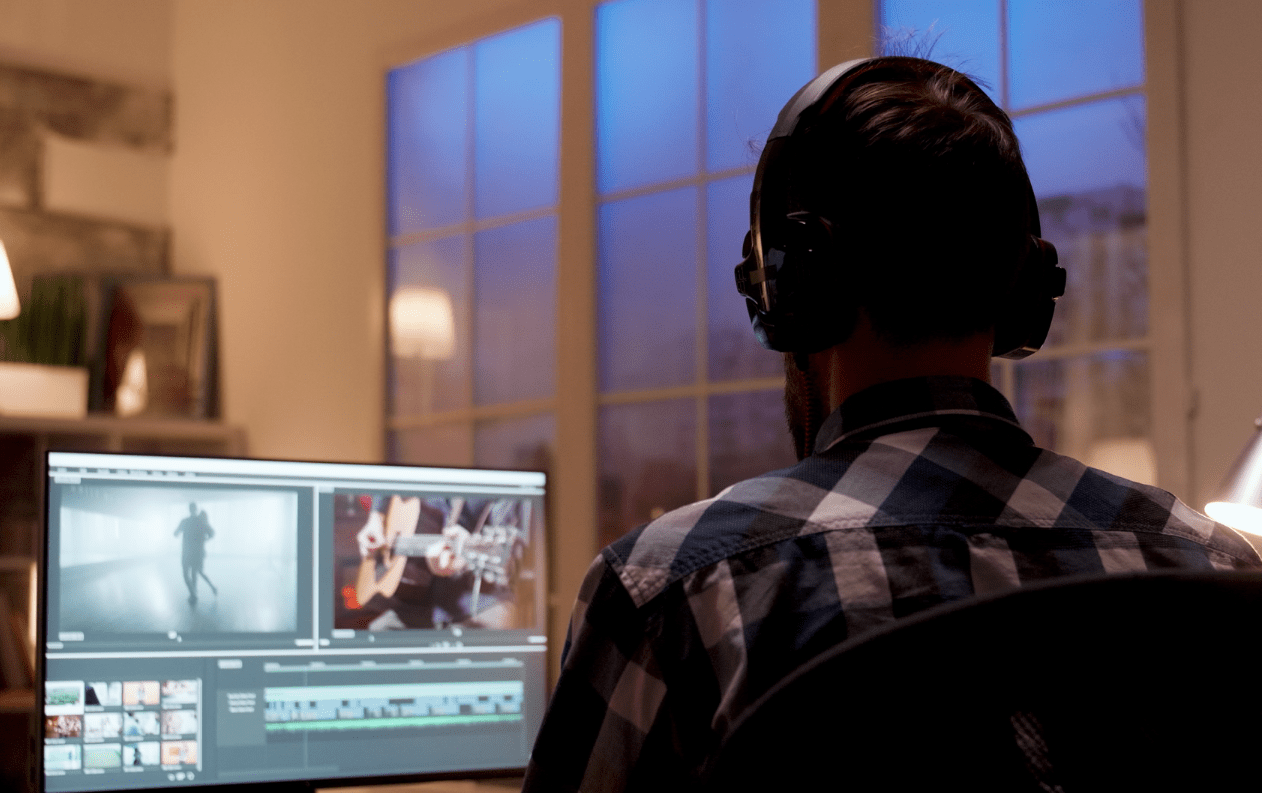
What type of content does Storyblocks have?
Our content is 100% royalty-free and you are licensed to use our tracks worldwide in perpetuity, including in YouTube videos. With Storyblocks, all footage, templates, motion backgrounds, music, sound effects and images are royalty-free and they are yours to use forever — even if you don’t maintain your subscription.
Storyblocks is a marketplace that brings content creators together. While much of what you see on Storyblocks is exclusive to our library, some of our contributors are allowed to sell their content on other sites. Occasionally, you may receive a Content ID claim on YouTube or similar automated copyright claim on content you have licensed from Storyblocks. Rest assured, you are cleared to use any content you have licensed from us, and these claims are being made in error.
If you haven’t already, make sure to update your YouTube channel ID within the My Account section of your Member Dashboard. When you provide us with your YouTube channel, we’re able to have most claims automatically resolved within 30 minutes – no additional action required by you!
If you have already provided Storyblocks with your YouTube channel ID and your claim was not automatically resolved within 30 minutes, we can still help you dispute the claim. Simply navigate to the Claims Dispute Form in the YouTube Claims section of your account and fill out the form. These claims are typically resolved within 72 hours.
